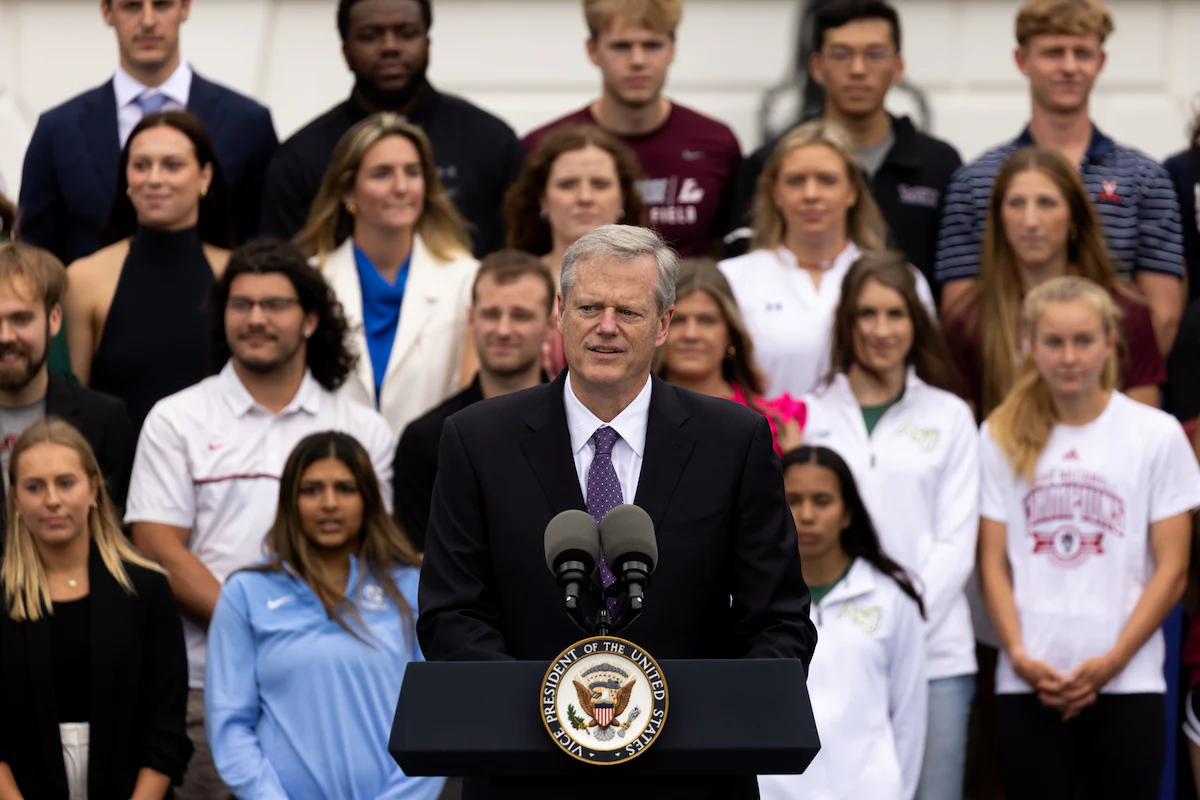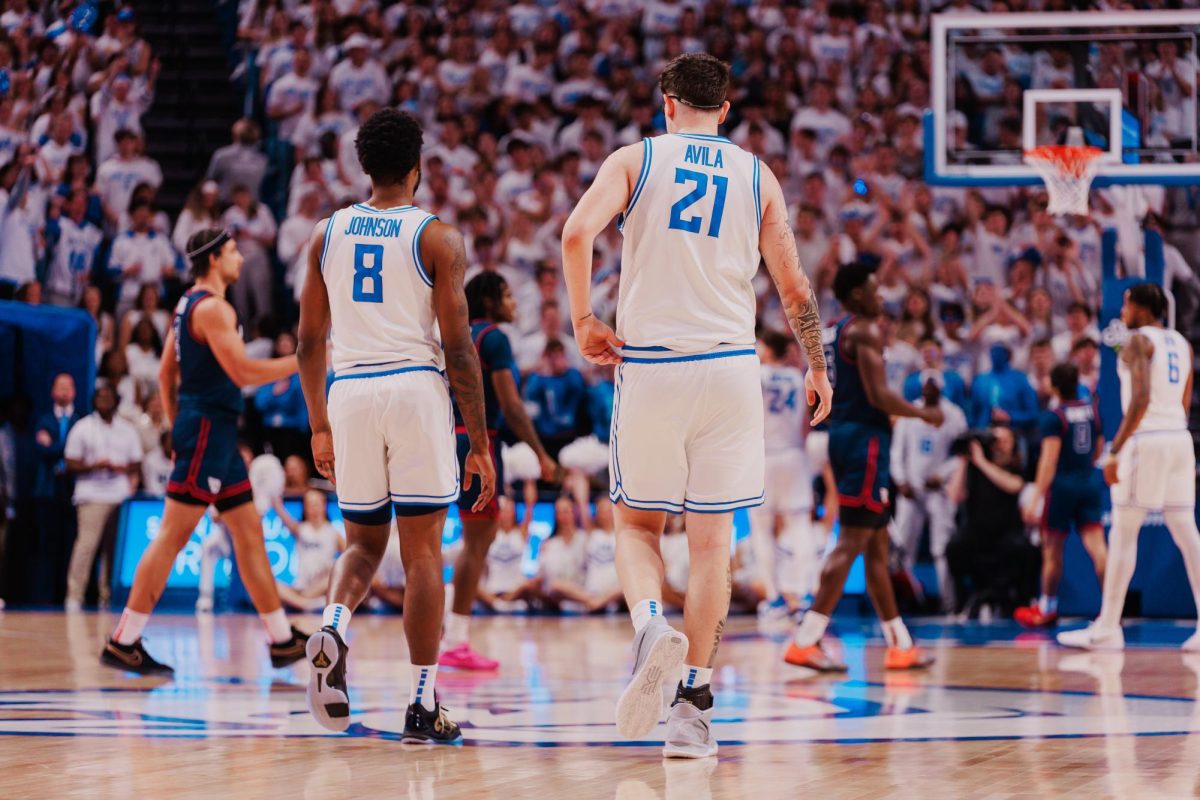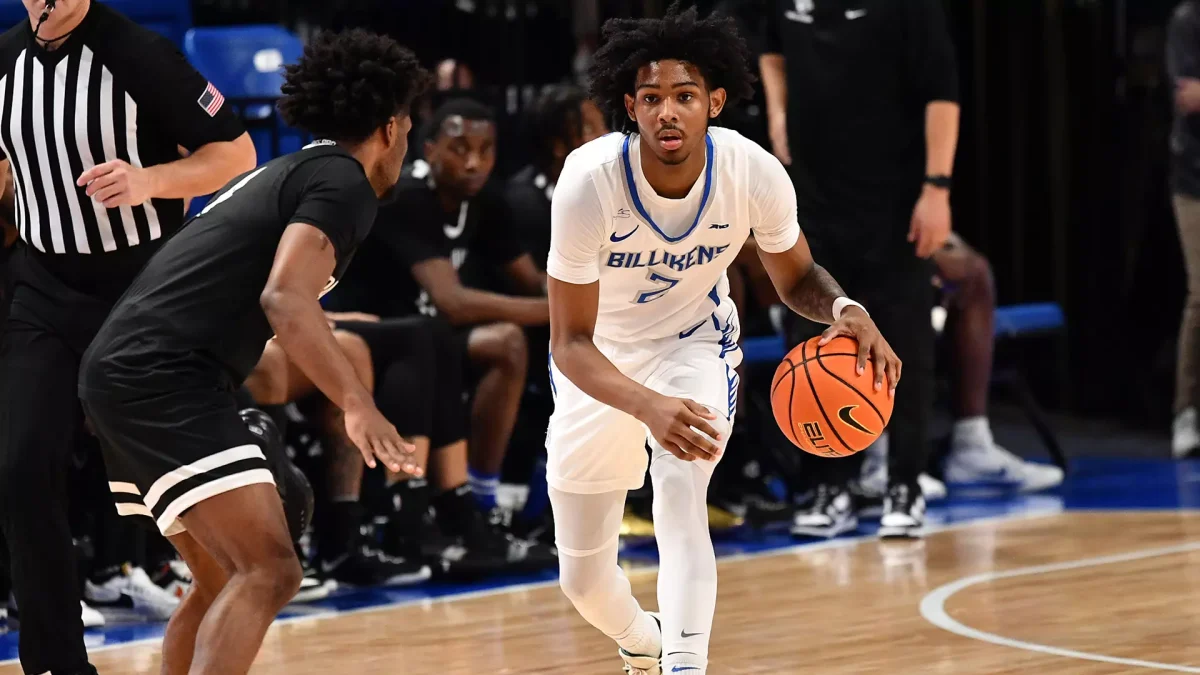In response to President Donald Trump’s recent executive order titled “Keeping Men Out of Women’s Sports,” the NCAA has announced a significant change to its transgender student athlete participation policy. Effective immediately, competition in women’s sports is restricted to student athletes assigned female at birth. This policy shift aligns the NCAA’s regulations with the federal directive, aiming to establish a uniform standard across collegiate athletics.
NCAA President Charlie Baker emphasized the importance of consistent eligibility criteria, stating that a clear national standard is preferable to a “patchwork of conflicting state laws and court decisions.” The updated policy also permits student athletes assigned male at birth to practice with women’s teams and access associated benefits, such as medical care, while practicing. However, trans women athletes are prohibited from participating in official women’s competitions.
This development follows the Department of Education’s directive urging the NCAA and the National Federation of State High School Associations to revoke records, titles and awards previously earned by transgender women in female categories. The department asserts that these accolades were “misappropriated by biological males,” and their action seeks to restore recognition to cisgender female athletes.
The executive order and subsequent policy changes have ignited legal challenges. Notably, two transgender teens, Parker Tirrell and Iris Turmelle, have filed a lawsuit against the Trump administration, contesting the constitutionality of the executive order. Represented by GLAD Law and the ACLU of New Hampshire, the plaintiffs argue that the order discriminates against transgender individuals and infringes upon their rights.
The NCAA’s policy shift is part of a broader pattern of actions by the Trump administration that have targeted transgender individuals. Since returning to office, Trump has repeatedly framed transgender rights as a threat to traditional values, particularly focusing on athletics as a battleground for what he calls “fairness in competition.” However, many advocacy groups argue that this focus is disproportionate given the small number of transgender athletes competing at the collegiate level. The Williams Institute estimates that transgender individuals make up only about 0.6% of the U.S. adult population, and an even smaller percentage compete in organized sports.
Critics argue that this executive order is less about preserving competitive fairness and more about fueling a culture war against an already marginalized group. The American Civil Liberties Union, Human Rights Campaign and other civil rights organizations have condemned the policy, stating that it fosters unnecessary hostility toward transgender athletes and ignores existing research that suggests transgender women do not inherently have an unfair advantage, particularly after undergoing hormone therapy.
Despite these criticisms, the policy has gained support from conservative lawmakers and organizations that claim it protects the integrity of women’s sports. Supporters argue that allowing transgender women to compete against cisgender women undermines the spirit of fair competition.
As the debate continues, the NCAA has committed to assisting member schools in fostering respectful and inclusive athletic environments, in line with its constitutional commitment to support the mental and physical health of all student athletes. However, with pending lawsuits and growing national outcry, it remains to be seen how this policy will evolve and what long-term effects it will have on collegiate athletics and transgender inclusion in sports.











